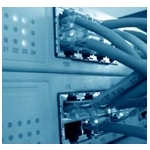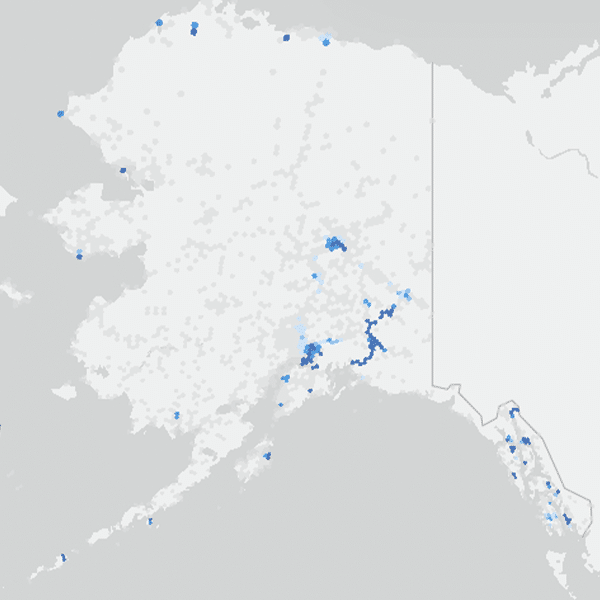 The IEEE on September 19 announced approval of its 802.3bk “Standard for Ethernet Amendment: Physical Layer Specifications and Management Parameters for Extended Ethernet Passive Optical Networks” (EPON), which is designed to reduce cost of ownership for network operators by enabling higher density and longer range EPON applications.
The IEEE on September 19 announced approval of its 802.3bk “Standard for Ethernet Amendment: Physical Layer Specifications and Management Parameters for Extended Ethernet Passive Optical Networks” (EPON), which is designed to reduce cost of ownership for network operators by enabling higher density and longer range EPON applications.
The new Ethernet optical networking standard also reduces power consumption, the physical footprint of equipment per customer, the cost of upgrades and fiber deployment, according to an IEEE press release.
“As operators around the world seek to build higher-density and more cost-effective optical access networks that connect more customers, service providers are grappling with a number of scalability challenges associated with delivery of mobile backhaul and guaranteeing connectivity to remote customers,” IEEE 802.3bk Task Force chair Marek Hajduczenia explained.
“The development of IEEE 802.3bk was an open, market-driven effort to amend the Ethernet standard to allow a given EPON deployment to support more users over longer distances than previously possible.”
The 802.3bk EPON amendment is the latest in an ongoing series of IEEE advances and enhancements in optical networking for telecom providers. Improving on IEEE 802.3ah, the organization’s 1 Gbps EPON standard, IEEE approved a 10 Gbps standard – IEEE 802.3av or 10G-EPON – in 2009.
Added Edward Mallette, distinguished engineer, network architecture and standards for Bright House Networks, “We’re excited about new IEEE 802.3bk-based products that will allow service providers to make better use of their already deployed fiber, increasing the number subscribers that can be served per OLT (optical line termination) port.”
“This will significantly reduce the overall cost of delivering services over an EPON-based first-mile optical access. We are also looking with interest at future projects within the IEEE 802.3 working group aiming to define a next generation of EPON, primarily from the perspective of compatibility with our fiber-optic distribution network that supports 1G-EPON and 10G-EPON today. We hope that this next-generation EPON, once finished, will provide a cost-effective solution for a higher-speed optical access.”


